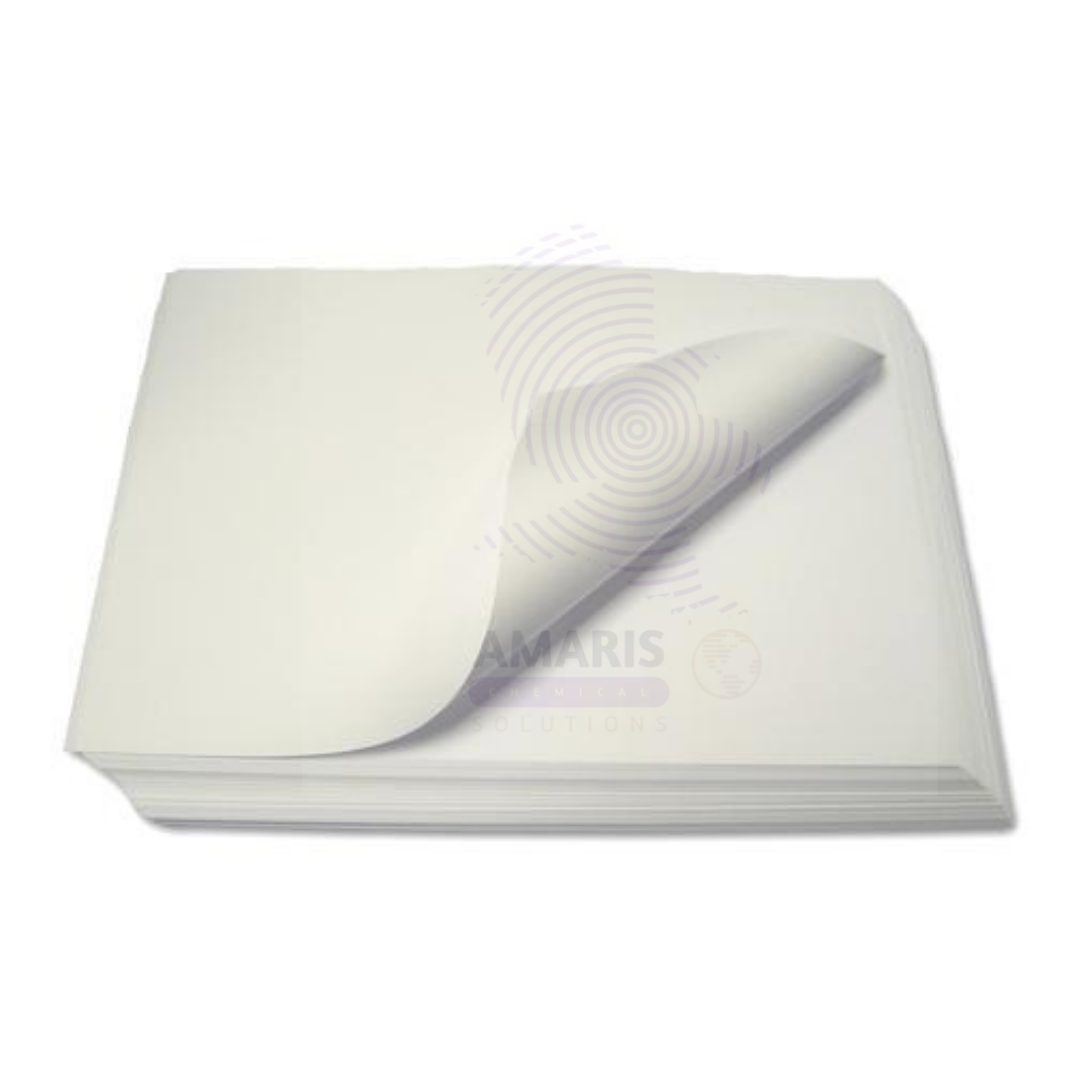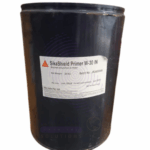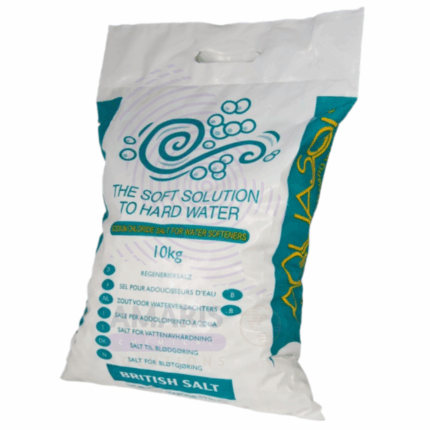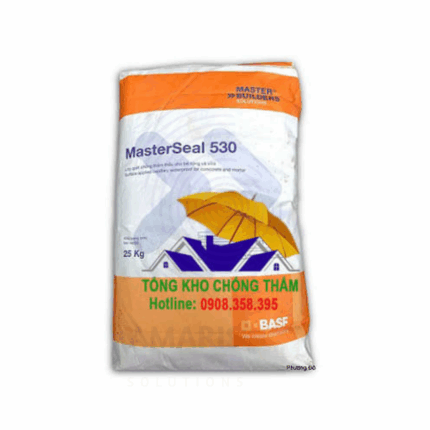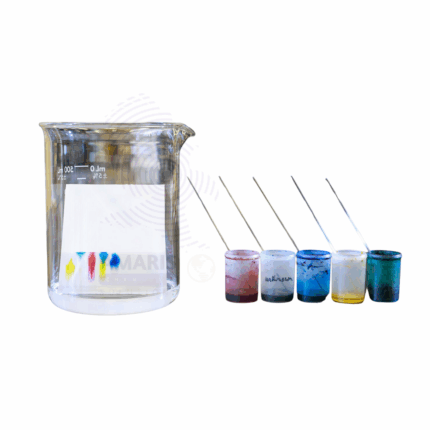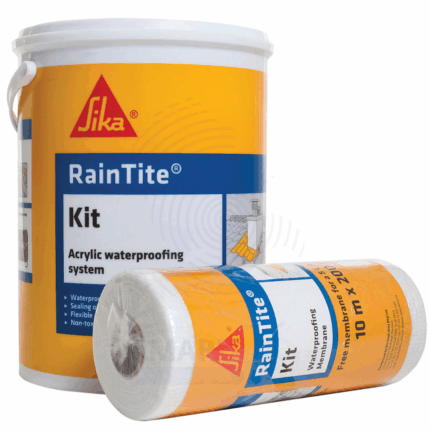Back to products


Blow Pipes
$ 7.12 Original price was: $ 7.12.$ 7.09Current price is: $ 7.09.
Blotting Paper
$ 7.82 Original price was: $ 7.82.$ 7.74Current price is: $ 7.74.
Whatsapp Order
Blotting Paper is a highly absorbent, unsized paper made from purified cellulose, used primarily for absorbing excess liquids such as ink, oils, and solvents. In laboratory and industrial settings, it is critical for procedures requiring rapid and uniform absorption without chemical interference. Its porous and capillary-active nature makes it ideal for blotting techniques in analytical chemistry, biology (such as electrophoresis or Western blotting), and precision cleaning tasks. Blotting paper is available in various thicknesses and porosities to suit specific tasks, from fine analytical work to heavy-duty industrial absorption needs.
Description
Table of Contents
Toggle
Blotting Paper
Primary Uses
- Laboratory Applications
- Used in chromatographic techniques for separating and identifying compounds.
- Essential in blotting techniques such as Western, Southern, and Northern blotting for molecular biology assays.
- Acts as a support medium in electrophoresis and other staining protocols.
- Employed to absorb excess solvents, reagents, or moisture from surfaces or glassware.
- Utilized in precision weighing to prevent sample loss from static or moisture.
- Serves as a blotting medium during slide staining or chemical spill absorption.
Secondary Uses
- Industrial Applications
- Used for cleaning delicate equipment and absorbing fine liquid residues during production.
- Applied in printing industries to absorb excess ink during quality control testing.
- Utilized in pharmaceutical and cosmetic production lines for moisture control and transfer operations.
- Integrated into material handling areas for rapid cleanup of accidental chemical drips or leaks.
- Used in electronics assembly for controlled absorption of cleaning solvents.
- Employed in specialty packaging for moisture control in sensitive shipments.
KEY PRODUCT FEATURES
1.Basic Identification Attributes
- Product Type: Absorbent paper
- Material: 100% purified cellulose
- Function: Absorbs liquids rapidly without chemical reaction or interference
2.Physical & Chemical Properties
- Appearance: White or off-white, porous paper
- Texture: Soft, fibrous, and pliable
- Thickness: Varies depending on grade (typically 0.1 mm to 1 mm)
- Absorbency: High (capillary-active surface)
- pH: Neutral to slightly acidic (varies by manufacturer)
- Solubility: Insoluble in water and solvents
3.Safety & Hazard Attributes
- GHS Classification: Not classified as hazardous
- Toxicity: Non-toxic
- Allergen Information: Made from plant-based cellulose; low allergenic risk
- Exposure Limits: None under normal use
4.Storage & Handling Attributes
- Storage Conditions: Keep in a dry, cool environment to avoid moisture absorption before use
- Handling Precautions: Handle with clean, dry hands or gloves to maintain purity
5.Regulatory & Compliance Attributes
- Manufactured under ISO-certified quality systems
- Suitable for use in cleanroom or controlled laboratory environments
6.Environmental & Health Impact
- Biodegradability: Fully biodegradable
- Ecotoxicity: None
- Bioaccumulation: Not applicable
SAFETY HANDLING PRECAUTIONS
Safety Handling Precautions
- PPE Required: None required under normal use
- Handling Guidelines: Avoid contamination by oils or solvents before use in analytical applications
First Aid Measures
- Inhalation: Not applicable
- Skin Contact: Not applicable
- Eye Contact: Not applicable
- Ingestion: Not intended for ingestion; seek medical attention if accidentally ingested in large quantities
Firefighting Measures
- Fire Hazards: Flammable paper material
- Extinguishing Media: Water, foam, dry chemical
- Special Precautions: Avoid high-heat storage areas
- Hazardous Combustion Products: Carbon monoxide, carbon dioxide
Related products
Aquaguard
Aquaguard is a brand name commonly associated with water purification products and filtration systems designed to provide safe, clean drinking water. These systems typically use technologies such as UV purification, RO (reverse osmosis), UF (ultrafiltration), and activated carbon filters to remove contaminants including bacteria, viruses, dissolved salts, heavy metals, and suspended particles. Aquaguard products are widely used in residential, commercial, and industrial settings to improve water quality, taste, and safety. The brand encompasses water purifiers, filters, and treatment units tailored to different water sources and purity requirements.
Aquasol
Aquasol is a water-soluble, high-purity soluble powder typically formulated for use as a mineral supplement or a delivery system in various industries. It often contains vitamins, minerals, or other active ingredients in a readily bioavailable aqueous form. Aquasol products are known for their excellent solubility in water, rapid absorption, and versatility in applications ranging from pharmaceuticals to food fortification and animal nutrition. The exact composition can vary depending on the intended use, but the common trait is its ability to dissolve quickly and evenly in aqueous media.
Master Seal 501
Master Seal 501 is a high-performance, polymer-modified cementitious waterproofing compound designed for both interior and exterior applications. It provides a durable, flexible, and crack-resistant waterproof barrier on concrete, masonry, and plaster surfaces. The product is easy to apply by brush, roller, or spray and adheres strongly to substrates, preventing water ingress and protecting structures from moisture damage. Master Seal 501 is ideal for basements, water tanks, terraces, balconies, and retaining walls.
Master Seal 530
Master Seal 530 is a premium, flexible, cementitious waterproofing slurry designed for protection of concrete and masonry surfaces against water ingress. It offers excellent adhesion, crack bridging, and durability even under severe weather and water exposure conditions. Suitable for use on basements, swimming pools, water tanks, terraces, and retaining walls, Master Seal 530 forms a robust waterproof barrier that resists hydrostatic pressure and prevents moisture damage.
PAPER CHROMATOGRAPHY
Paper Chromatography is an analytical laboratory technique used to separate and identify mixtures of substances based on their differential migration across a specially treated paper medium. It is widely used for qualitative analysis of compounds such as pigments, amino acids, and pharmaceuticals. The process involves applying a small sample spot onto chromatography paper and allowing a solvent to travel through the paper by capillary action, separating the components according to their solubility and affinity for the paper. This method is simple, cost-effective, and valuable in biochemical, pharmaceutical, and environmental laboratories for analyzing complex mixtures.
Sika Flexi Tape
Sika Flexi Tape is a flexible, high-strength sealing and repair tape designed for quick and durable sealing solutions. Made from a tough, elastic polymer film coated with an aggressive adhesive, it provides excellent adhesion to a variety of surfaces including metals, plastics, concrete, and wood. The tape is weatherproof, waterproof, and UV resistant, making it suitable for both indoor and outdoor applications. It is ideal for sealing leaks, patching holes, and reinforcing joints, offering a convenient and reliable alternative to liquid sealants.
Sika Waterproofing Membrane
Sika Waterproofing Membrane is a flexible, high-performance sheet or liquid-applied membrane system designed to prevent water ingress in a wide range of below- and above-ground structures. Made from bituminous, PVC, TPO, or polyurethane-based materials depending on the system, Sika waterproofing membranes offer excellent durability, chemical resistance, and elasticity. They are used extensively in construction and civil engineering projects to protect structures from water damage, corrosion, and environmental degradation.
White Cement
White Cement is a specialized type of Portland cement characterized by its bright white color and high purity. Manufactured from raw materials low in iron and manganese, it offers superior aesthetic qualities and is widely used for architectural and decorative applications. White Cement provides excellent strength, durability, and resistance to harsh environmental conditions, making it suitable for high-quality finishes, precast structures, and artistic concrete work.


 Preservatives(food)
Preservatives(food) Flavor Enhancers
Flavor Enhancers Acidulants
Acidulants Sweeteners
Sweeteners Antioxidants
Antioxidants Colorants(food)
Colorants(food) Nutraceutical Ingredients (food)
Nutraceutical Ingredients (food) Nutrient Supplements
Nutrient Supplements Emulsifiers
Emulsifiers
 Collectors
Collectors Dust Suppressants
Dust Suppressants Explosives and Blasting Agents
Explosives and Blasting Agents Flocculants and Coagulants
Flocculants and Coagulants Frothers
Frothers Leaching Agents
Leaching Agents pH Modifiers
pH Modifiers Precious Metal Extraction Agents
Precious Metal Extraction Agents
 Antioxidants(plastic)
Antioxidants(plastic) Colorants (Pigments, Dyes)
Colorants (Pigments, Dyes) Fillers and Reinforcements
Fillers and Reinforcements Flame Retardants
Flame Retardants Monomers
Monomers Plasticizers
Plasticizers Polymerization Initiators
Polymerization Initiators Stabilizers (UV, Heat)
Stabilizers (UV, Heat)
 Antifoaming Agents
Antifoaming Agents Chelating Agents
Chelating Agents Coagulants and Flocculants
Coagulants and Flocculants Corrosion Inhibitors
Corrosion Inhibitors Disinfectants and Biocides
Disinfectants and Biocides Oxidizing Agents
Oxidizing Agents pH Adjusters
pH Adjusters Scale Inhibitors( water)
Scale Inhibitors( water)
 Antioxidants(cosmetic)
Antioxidants(cosmetic) Emollients
Emollients Fragrances and Essential Oils
Fragrances and Essential Oils Humectants
Humectants Preservatives
Preservatives Surfactants(cosmetic)
Surfactants(cosmetic) Thickeners
Thickeners UV Filters
UV Filters
 Fertilizers
Fertilizers Soil Conditioners
Soil Conditioners Plant Growth Regulators
Plant Growth Regulators Animal Feed Additives
Animal Feed Additives Biostimulants
Biostimulants Pesticides (Herbicides, Insecticides, Fungicides)
Pesticides (Herbicides, Insecticides, Fungicides)
 Active Pharmaceutical Ingredients (APIs)
Active Pharmaceutical Ingredients (APIs) Excipients
Excipients Solvents(pharmaceutical)
Solvents(pharmaceutical) Antibiotics
Antibiotics Antiseptics and Disinfectants
Antiseptics and Disinfectants Vaccine Adjuvants
Vaccine Adjuvants Nutraceutical Ingredients (pharmaceutical)
Nutraceutical Ingredients (pharmaceutical) Analgesics & Antipyretics
Analgesics & Antipyretics
 Analytical Reagents
Analytical Reagents Solvents(lab)
Solvents(lab) Chromatography Chemicals
Chromatography Chemicals Spectroscopy Reagents
Spectroscopy Reagents microbiology-and-cell-culture-reagents
microbiology-and-cell-culture-reagents Molecular Biology Reagents
Molecular Biology Reagents Biochemical Reagents
Biochemical Reagents Inorganic and Organic Standards
Inorganic and Organic Standards Laboratory Safety Chemicals
Laboratory Safety Chemicals Specialty Laboratory Chemicals(Special Laboratory Equipment)
Specialty Laboratory Chemicals(Special Laboratory Equipment)
 Demulsifiers
Demulsifiers Hydraulic Fracturing Fluids
Hydraulic Fracturing Fluids Scale Inhibitors(oil)
Scale Inhibitors(oil) Surfactants(oil)
Surfactants(oil) Drilling Fluids
Drilling Fluids
 Dyes and Pigments
Dyes and Pigments Bleaching Agents
Bleaching Agents Softening Agents
Softening Agents Finishing Agents
Finishing Agents Antistatic Agents
Antistatic Agents
 Admixtures
Admixtures Waterproofing Agents
Waterproofing Agents Sealants and Adhesives
Sealants and Adhesives Curing Compounds
Curing Compounds Concrete Repair Chemicals
Concrete Repair Chemicals Anti-Corrosion Coatings
Anti-Corrosion Coatings
 Surfactants(cleaning)
Surfactants(cleaning) Builders
Builders Enzymes
Enzymes Solvents (Cleaning)
Solvents (Cleaning) Fragrances
Fragrances
 Electronic Chemicals
Electronic Chemicals Catalysts
Catalysts Lubricants
Lubricants Photographic Chemicals
Photographic Chemicals Refrigerants
Refrigerants Automotive chemicals
Automotive chemicals Pyrotechnic Chemicals
Pyrotechnic Chemicals
 Biodegradable Surfactants
Biodegradable Surfactants Bio-based Solvents
Bio-based Solvents Renewable Polymers
Renewable Polymers Carbon Capture Chemicals
Carbon Capture Chemicals Wastewater Treatment Chemicals
Wastewater Treatment Chemicals
 Pigments
Pigments Solvents(paint)
Solvents(paint) Specialty Coatings
Specialty Coatings Binders/Resins
Binders/Resins Additives
Additives Driers
Driers Anti-Corrosion Agents
Anti-Corrosion Agents Functional Coatings
Functional Coatings Application-Specific Coatings
Application-Specific Coatings
 Fresh Herbs
Fresh Herbs Ground Spices
Ground Spices Whole Spices
Whole Spices Spice Blends
Spice Blends Dried Herbs
Dried Herbs
 Leavening Agents
Leavening Agents Dough Conditioners
Dough Conditioners Flour Treatments
Flour Treatments Fat Replacers
Fat Replacers Decoratives
Decoratives Preservatives(baking)
Preservatives(baking)
 Plasticizers & Softeners
Plasticizers & Softeners Reinforcing Agents
Reinforcing Agents Adhesion Promoters
Adhesion Promoters Vulcanizing Agents
Vulcanizing Agents Antidegradants
Antidegradants Blowing Agents
Blowing Agents Fillers & Extenders
Fillers & Extenders Accelerators & Retarders
Accelerators & Retarders